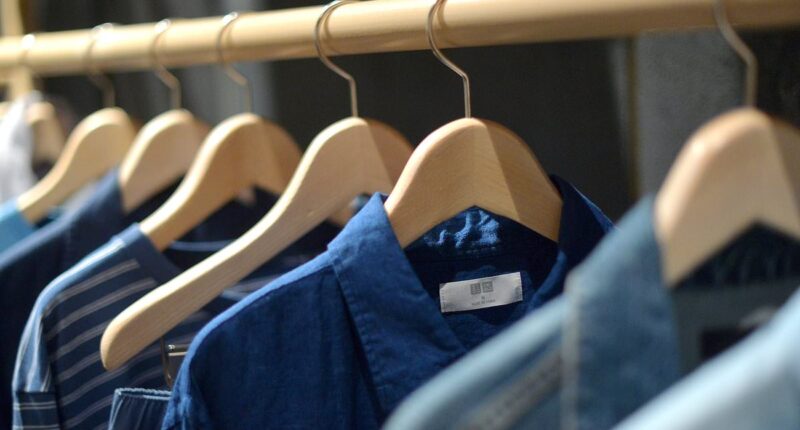The golden age of bargain clothing shopping is coming to a screeching halt. The demise starts as America’s malls are already struggling.
Yesterday, President Donald Trump announced the start of reciprocal tariffs on goods imported into the US.
The new policy imposes high costs on products manufactured in multiple countries, with five Asian nations being heavily affected. These countries host large factories that produce inexpensive goods for popular American clothing brands, resulting in tariffs reaching as high as 46 per cent.
President Trump has long hoped that the tariffs will bring manufacturing jobs back to the US and away from low-cost global markets.
As a consequence of these tariffs, consumers can expect a significant increase in prices for items such as Nike Jordans, Adidas Sambas, Lululemon pants, H&M, and Zara clothing. For instance, a $50 sweater could see a price hike ranging from $8 to $20, as tariffs are applied to the import cost rather than the final retail price.
Many of these companies heavily rely on manufacturing facilities located in Vietnam, Cambodia, Bangladesh, China, and Indonesia. Unfortunately, products originating from these five countries are now subject to substantial import duties ranging from 32 to 46 per cent.
Overall, the policy is expected to pull in $26 billion in duties for apparel products alone — companies will have to decide if they want to pass that cost onto consumers or stop selling in the US.

President Trump unveiled new tariff policies at the White House on April 2
‘The April 2 tariffs seem purpose-built to hobble the apparel industry,’ Dylan Carden, an analyst at William Blair in Chicago, said.
Nike relies on Vietnam for half its footwear and 30 percent of its apparel, while Adidas depends on the country for nearly 40 percent of its shoes.
Meanwhile, clothing production in the US is miniscule.
Lululemon produces around 3.5 percent of its goods in the US. H&M doesn’t have a single manufacturing facility in the US.
Last year, only 26,230 sewing machine operators worked full-time in the US. Another 1,460 textile cutting maching operators has American jobs, according to the US Bureau of Labor Statistics.
That is hardly enough workers to produce clothing for 340 million American citizens.
For companies that have already been struggling, the President’s tariffs and America’s lack of clothing factories create an immediate no-win scenario: either swallow the costs despite recent struggles or pass them on to customers already battling inflation.
Before the tariff costs, America was already going through a record-breaking loss of retail shops.

President Trump has told American factory workers that his tariffs will help protect their jobs

Clothing retailers, already in a tough spot with inflation an mass closures, will have to decide to eat the tariffs or pass them on to consumers
Experts predict around 15,000 stores will shutter this year, which is more than double 2024’s record breaking 7,000 shop closures.
Multiple fast-fashion retailers, including Forever 21, Billabong, and Quiksilver have recently declared bankruptcy and announced plans to shutter all of their stores.
For America’s malls — already ghost towns thanks to e-commerce and changing shopping habits — investors view tariffs as yet another devastating.
Clothing retailer stock prices have been smacked by the tariff announcement.
In early morning trading, Nike is down around 12 percent, lululemon dropped around 13 percent, Crocs is down almost 17 percent, and Vera Bradley lost around 11.5 percent.
Those loses also have a negative impact on American citizens: they represent massive losses to thousands of 401(K)s.

















